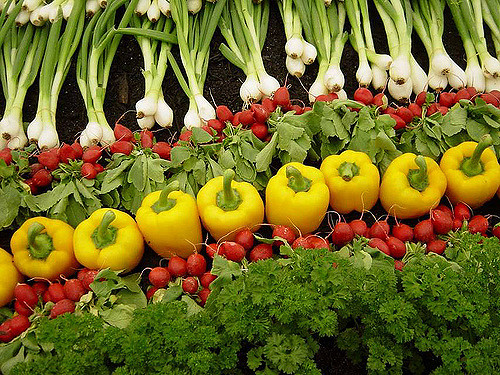
Food is the fuel that keeps our bodies running. It gives us the energy to do all the things we like to do. It’s pretty important stuff. That’s why NASA is interested in making sure that there is enough for everyone.
But how does NASA—a space agency—help put dinner on the table?
NASA has a team of satellites that keeps a close eye on the Earth. These satellites can collect lots of information about our home planet.
On Land
On land, NASA satellites track lots of things, including:
- Soil moisture
- Flooding and drought
- Groundwater
- Crop health
These details can help scientists and farmers learn about soil and weather conditions. For example, in a drought, farmers could plant crops that don’t need much water. Or, they could plan their planting for a wetter time of year. This information could allow farmers to produce more food with less water.
Scientists can also use the information to simulate future crop growth. These simulations could help farmers plan for harvesting and management of specific crops.
In the Sea
The oceans are also a major source of food. As the Earth’s climate changes, the oceans are warming. Over the sea, NASA satellites measure:
- Ocean temperatures
- Ocean currents
- Winds and severe storms
- Melting sea ice
These measurements can help scientists monitor the oceans and understand how quickly they are changing. This allows scientists to estimate the health of the oceans and how well they are supporting sea life, and the amount of seafood produced by the ocean. The information can also help scientists understand what we can do to prevent further ocean warming.
Ocean ecosystems are very sensitive to changes in the climate. If we keep the oceans healthy, they will be a good food source for years to come!














